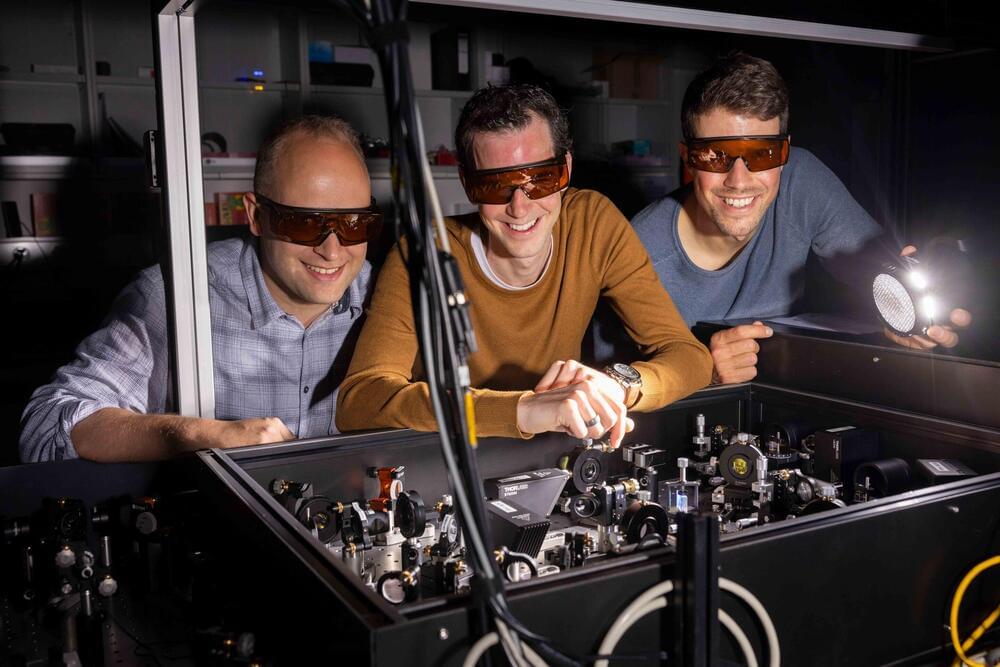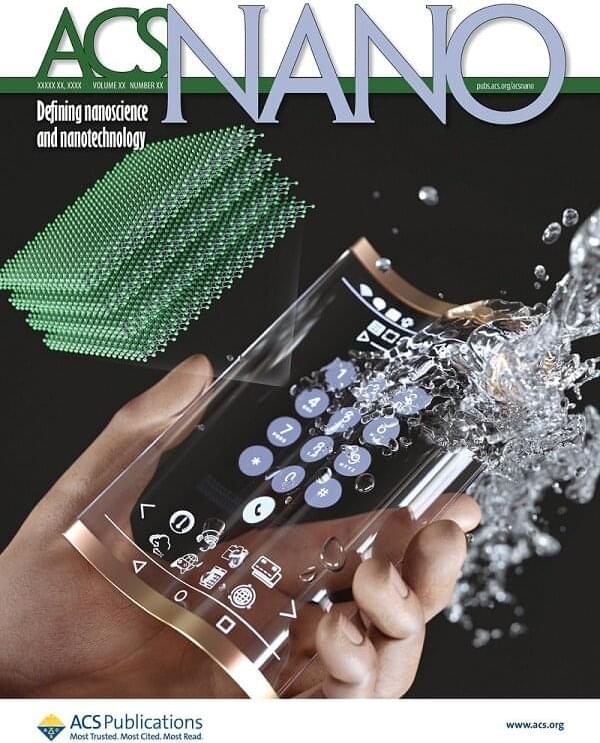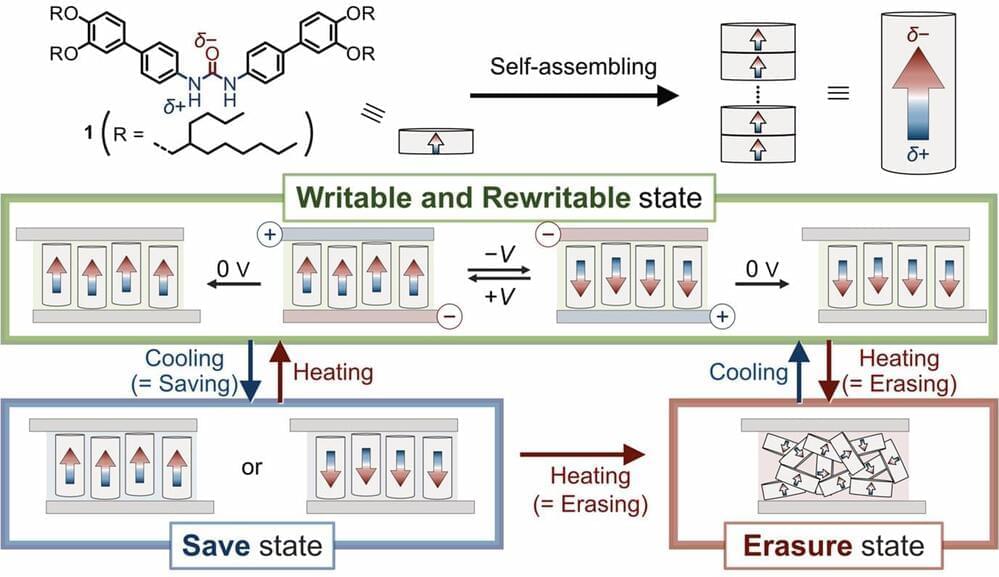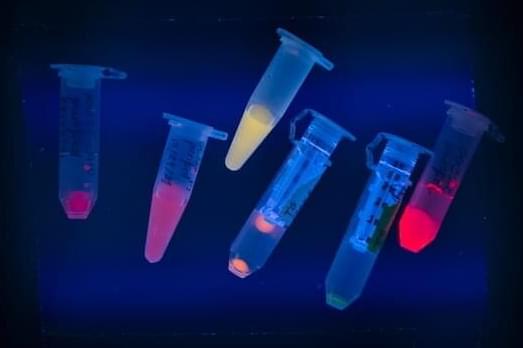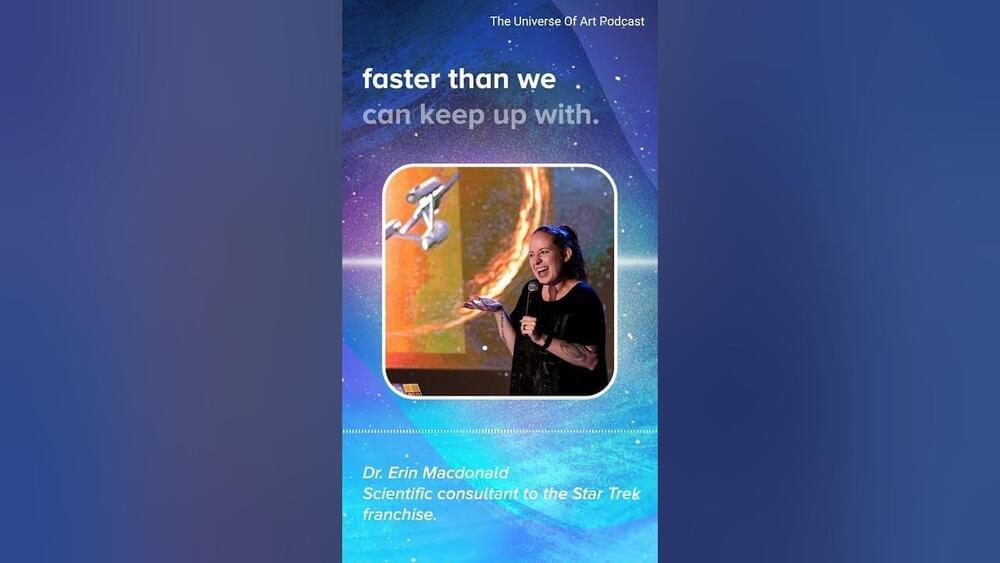Jul 26, 2023
Characterizing atomic defects in 2D materials to determine suitability as quantum emitters
Posted by Dan Breeden in categories: chemistry, quantum physics
The term molybdenum disulfide may sound familiar to some car drivers and mechanics. No wonder: the substance, discovered by U.S. chemist Alfred Sonntag in the 1940s, is still used today as a high-performance lubricant in engines and turbines, but also for bolts and screws.
This is due to the special chemical structure of this solid, whose individual material layers are easily displaceable relative to one another. However, molybdenum disulfide (chemically MoS2) not only lubricates well, but it is also possible to exfoliate a single atomic layer of this material or to grow it synthetically on a wafer scale.
The controlled isolation of a MoS2 monolayer was achieved only a few years ago, but is already considered a materials science breakthrough with enormous technological potential. The Empa team now wants to work with precisely this class of materials.
